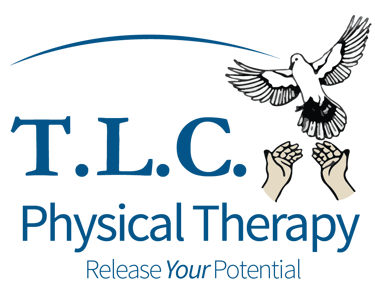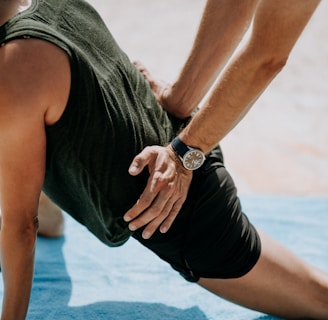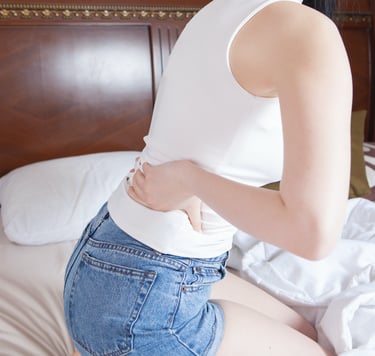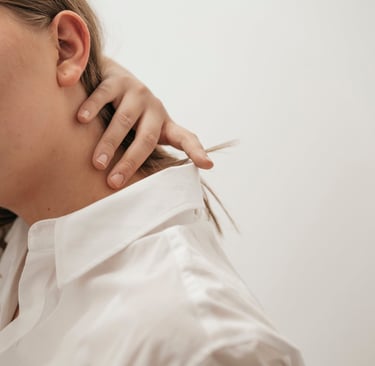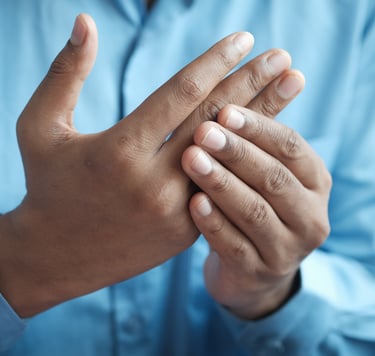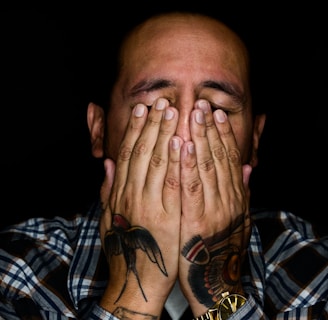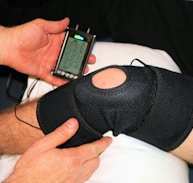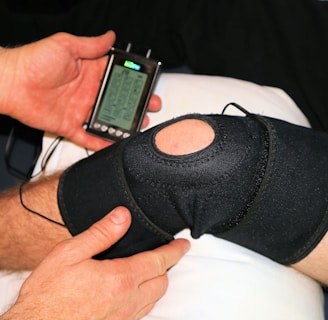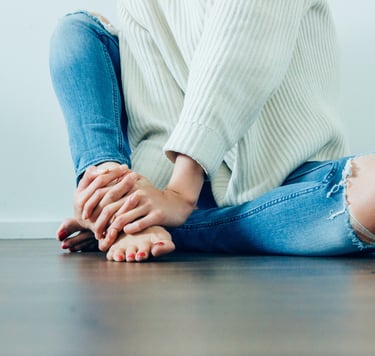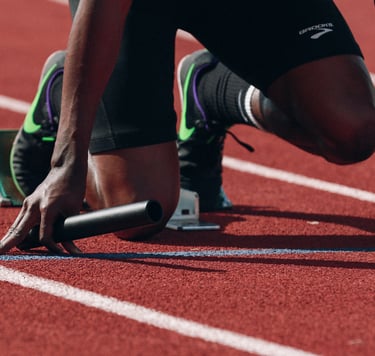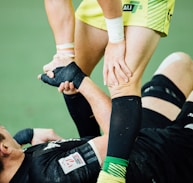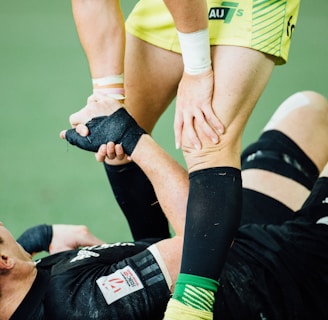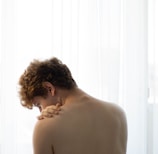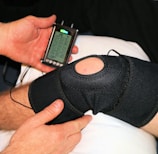Understanding and Conquering Knee Pain
Knee pain is a common and often debilitating issue that can affect people of all ages. Whether it's a sharp stab or a dull ache, knee pain can disrupt your daily life and hinder your ability to enjoy the activities you love. In this article, we'll dive into the world of knee pain, exploring its common causes, what it feels like, and how physical therapy can provide much-needed relief.
Common Causes of Knee Pain
Understanding what's causing your knee pain is the first step towards effective treatment. Some of the most frequent culprits include:
Osteoarthritis: This is the most common type of arthritis, often referred to as "wear and tear" arthritis. It occurs when the protective cartilage that cushions the ends of your bones wears down over time, leading to pain, stiffness, and reduced mobility.
Ligament Injuries: Injuries to the knee's ligaments, such as the anterior cruciate ligament (ACL) or medial collateral ligament (MCL), are common among athletes and can result from sports activities or accidents.
Meniscus Tears: The meniscus is a wedge-shaped cartilage in the knee that acts as a cushion. Tears in the meniscus are often due to sudden twisting motions and can cause pain, swelling, and locking of the knee.
Tendinitis: Tendinitis occurs when tendons around the knee become inflamed. This can happen due to overuse, especially in sports that involve repetitive jumping or running.
Bursitis: Bursae are small sacs filled with fluid that help cushion and lubricate joints. When these become inflamed, it leads to a condition called bursitis, which can cause knee pain and swelling.
What Knee Pain Feels Like
Knee pain can manifest in various ways, depending on the underlying cause:
Dull, Aching Pain: This type of pain is often associated with osteoarthritis and tends to worsen with activity.
Sharp or Stabbing Pain: This sudden and intense pain can occur with ligament injuries, meniscus tears, or certain types of tendinitis.
Swelling: Swelling around the knee joint is a common symptom and can make it challenging to bend or extend the knee fully.
Popping or Clicking: Noises like popping or clicking can accompany certain knee conditions, such as meniscus tears.
Weakness or Instability: Some people experience feelings of weakness or instability in the knee, making it difficult to bear weight or walk comfortably.
How Physical Therapy Can Help
Physical therapy is a highly effective approach to managing and overcoming knee pain. Here's how it can make a significant difference:
Pain Reduction: Physical therapists use a variety of techniques, including manual therapy and modalities, to alleviate pain and reduce inflammation.
Strengthening: Targeted exercises can strengthen the muscles around the knee, providing better support and reducing stress on the joint.
Improved Range of Motion: Physical therapy exercises can enhance joint flexibility and mobility, making it easier to perform daily activities.
Patient Education: Understanding your knee condition is essential. Physical therapists educate patients about their specific condition, helping them make informed choices for long-term knee health.
Preventing Recurrence: By learning proper body mechanics and receiving guidance on safe exercise techniques, you can reduce the risk of future knee issues.
Taking Control of Your Knee Pain
Knee pain doesn't have to be a constant companion. Physical therapy offers a personalized, non-invasive solution to help you regain mobility, reduce pain, and enjoy a pain-free life. Whether you're dealing with arthritis, ligament injuries, or any other knee-related problem, don't let knee pain hold you back. Reach out to schedule an appointment with us today at one of our New York City locations in Staten Island, Brooklyn, and Manhattan to see what is the best route on your road to recovery.. and take the first step towards a pain-free future. Your knees will thank you.
